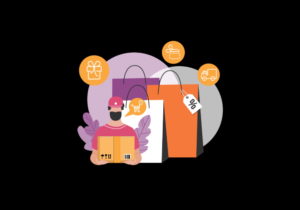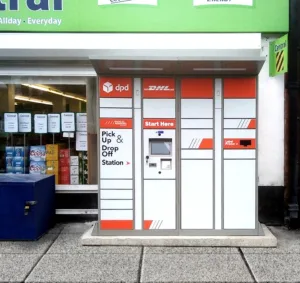By Katy Dunn, Strategy Partner at RAPP UK
Over the past 18 months, we have seen a fundamental shift in the way consumers shop. Lockdown meant most retailers had to shut physical shops and find new ways to serve customers or face permanent closure. When lockdown restrictions were lifted, UK retail sales initially rallied but have since stalled.
One solution posed to mitigate this decline is to invest more in “loyalty” to retain customers, drive repeat sales and increase brand preference. We know that loyalty programmes have contributed significantly to the bottom line in the past, that it’s cheaper to retain than acquire customers, and that those organisations using data to personalise content are more successful.
Who is loyal to you?
However, we also know that, whilst the concept of loyalty as a marketing strategy still works well for some, the future of loyalty for most brands isn’t, well, loyalty. Not as classified by traditional marketing departments, at least, and certainly not as we have ever known it before.
Traditional loyalty programmes usually operate by giving a financial reward to thank a customer after a transaction has been made. This act of giving something back solidifies choice and creates reasons for repeat purchase.
However, driving loyalty is all about building preference – making your brand front of mind before a consumer chooses what or where to buy. Therefore, when programmes give something to customers after they shop, increased repeat purchase will only happen if the behaviour would not have taken place otherwise – something that Byron Sharp argues is unlikely. And, with only 37% of consumers saying that loyalty programmes drive them to buy, this doesn’t sound like enough to justify the commercial investment into programmes and the teams to manage them.
Similarly, the loyalty market is over-saturated making it difficult for brands to capture attention and create differentiation. A recent Mintel study found over 55% of people are members of more than four schemes yet most engage with fewer than half. A KPMG survey of more than 18,000 consumers in 20 countries found 96% of customers agree that loyalty programmes could be improved.
Give to get
Loyalty as a concept was around long before businesses appropriated it in the name of selling stuff. And, whilst retailers use loyalty programmes to support sales, we have already seen that most customers simply don’t care enough. When you ask customers why they buy your goods, product quality, pricing and customer experience take centre stage. Therefore, whilst retailers can easily invest in ‘loyalty’, the consumer reciprocity can’t be bought.
For “loyalty” to truly drive ROI, customers need to feel emotionally connected to the brand. They want to recommend you to others, forgive bad experiences, and buy your products regularly! As Clarence Francis, the Chairman of General Foods said in 1958 “you cannot buy enthusiasm; you cannot buy initiative; you cannot buy loyalty; you cannot buy the devotion of hearts, minds and souls”. So, what can you do?
Loyalty is dead. Long live Loyalty!
Retailers need to change their expectations. Expecting customers to respond to a loyalty programme, without similar investments in the customer experience, is no longer good enough. Doing what has been done before and expecting the same results is today’s definition of madness. Loyalty no longer fits into a box.
Whilst points do have their place, modern loyalty needs to be fluid, human and authentic. Points programmes need to give way to experiences, memberships and subscriptions which create new touch points, designed to create intimacy and capture sales, through progressive data capture, content generation and personalisation. And, most importantly driving loyalty as an output, not an input.
Here are some of the ways that retailers can improve their customer experience to get the kind of unwavering support, brand preference, incremental revenue and repeat purchase that Byron Sharpe found so elusive:
- Understand what customers genuinely need and give it to them. Recognise that the real reason they are using your brand or service is usually a means to an end, rather than the end itself.
- Don’t do the same things as other brands in your lane but be inspired by companies that are setting the new standard of loyalty-inducing customer experiences.
- Create reasons to engage outside of their shopping mission through genuine and authentic content or experiences. Find opportunities to make them think of you even when they’re not shopping to create ongoing preference.
The post-pandemic lives of consumers have changed but we now know that living in a different way is possible. I can only hope that retailers realise that the new normal for loyalty must be different too.







